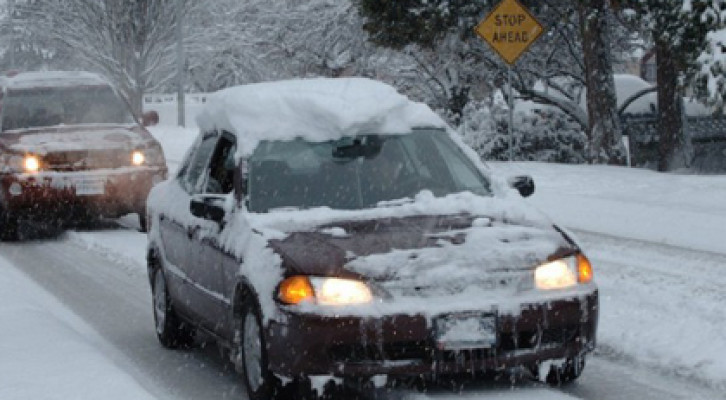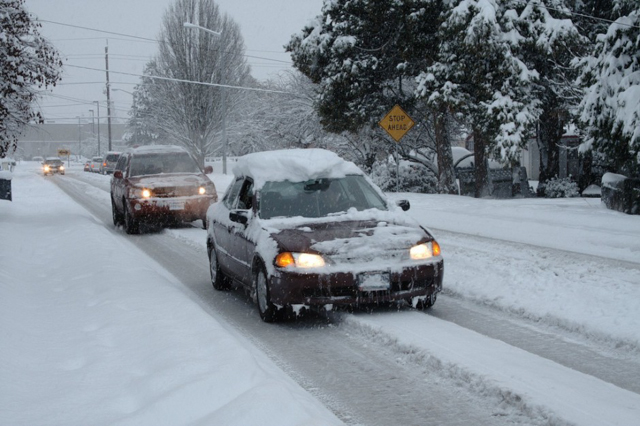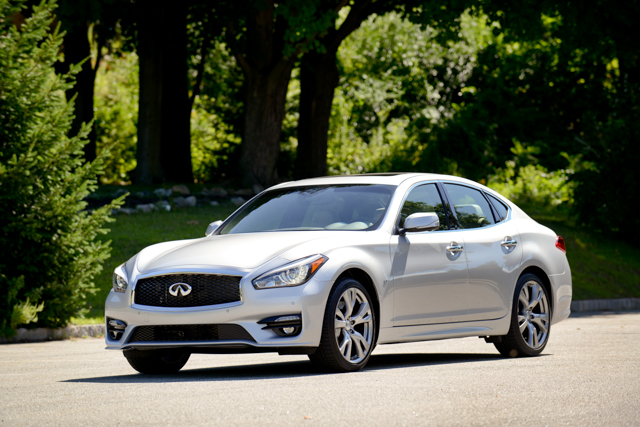With the first icy bites of winter already hitting some parts of the country, it’s time for drivers in Snow Belt states to make the annual adjustment to driving conditions. The months between October and February have the highest numbers of accidents in many places–it’s not just the ice and road salt that can jeopardize your car.
CARSTAR Auto Body Repair Experts, a network of collision repair shops nationwide, has a few driving tips to help ensure that you don’t have to spend time at one of their facilities.
1: Check Your Visibility:
Add de-icer to your windshield wiper fluid
Make sure your windshield wipers are free of ice before heading out on the road – and consider updating with new flexible windshield wipers before the snow hits
Make sure all mirrors are clear and properly adjusted for visibility
Clean your headlights and check the bulbs in all of your vehicle lights – front and rear
2: Slow Down and Stay Back:
When there is snow or ice on the ground, drop your speed to a safe limit
Leave extra distance between your vehicle and the car in front of you for additional safety
Do not use cruise control on icy roads
Use caution on bridges, overpasses, and infrequently travelled roads because these may be slippery from ice
Use extra caution when driving on one-lane roads
3: Skidding Safely
If your rear wheels skid…
Take your foot off the accelerator
Steer in the direction you want the front wheels to go. If your rear wheels are sliding left, steer left. If they’re sliding right, steer right
If your rear wheels start sliding the other way as you recover, ease the steering wheel toward that side. You might have to steer left and right a few times to get your vehicle completely under control
If you have standard brakes, pump them gently
If you have anti-lock brakes (ABS), do not pump the brakes. Apply steady pressure to the brakes. You will feel the brakes pulse — this is normal
4: If your front wheels skid…
Take your foot off the gas and shift to neutral, but don’t try to steer immediately.
As the wheels skid sideways, they will slow the vehicle and traction will return. As it does, steer in the direction you want to go. Then put the transmission in “drive” or release the clutch, and accelerate gently
5: Prepare for a Snow Day:
If your vehicle has rear wheel drive, put bags of sand or kitty litter to help keep your vehicle easier to control
Pack a snow day kit just in case you get stuck. Important items to include are a blanket, gloves, hat, water, granola bars, flashlight and extra batteries, extra cell phone battery, flares, wooden matches in waterproof container, compass, scissors, rope and first aid kit.
Prepare a toolbox for digging your car out with foldable shovel, 2×4 planks to put under tires, ice scraper and snow brush, reflective triangles, flares and exterior windshield cleaner





